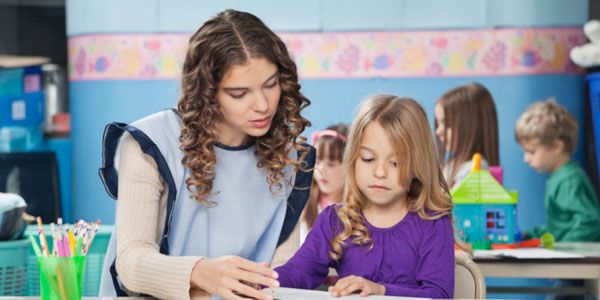
School is the place where you learn to connect with the ecosystem. Setting the learning ecosystem right can attribute to the success of your child’s schooling. It is here you learn to connect with plants, insects, birds, fishes, animals and food. It is a whole new experience on interconnecting with different life forms. Both inside and outside the classroom you gain to experience a lot of things first hand. There are activities that enable students to understand and explore the ecosystem and build their own community. It is time to learn lessons from the ecosystem. We live in a diverse environment that is rich with flora and fauna. Even the cities cherish an ecosystem where sparrows and bees survive living on berries, seeds and gathering honey from the flowers. They all coexist and survive in harmony.
To enrich the experience of a student to understand their ecosystem it is important to take them for a walk around the school ground, parks and gardens. They can make a list of different animals, birds, insects and plants. You can ask the children to classify the animals and eats they just saw and connect them with other animals and trees or even humans.
Environmental writing
Encourage students to keep a journal to write on what they experience from their outdoor trips. They can write a small report or summary on the animal they saw near the school or on the way home. Also ask him to connect different species in the ecosystem, for instance, cat and a mouse, bees collecting nectar and the like. Ask them what would happen if there are no animals, their source of food and predators they can watch out for. There are seasonal changes and the plants and animals adapt accordingly. Let them make a note of these changes.
Explore More About : A Day In The Life Of A Kindergarten Teacher
Food Webs
Teach the children how the ecosystem works. It is important for them to explore different ecosystems other than the ones they live in. There are simple activities that help them discover food chains in the ecosystem they pick. Ask the kids to connect different species and how it is important that this connection is essential to protect the planet and stay healthy. Use a ball of yarn to explain the food web to the students. Allow them to take roles and ask them to connect with their food source. Also ask them to connect with different species and how they connect with each other. Now you can teach them the importance of the habitat and the predators.
Ask the students to build an ecosystem ask them to monitor it and study its progress. Allow the students to draw their own conclusion on how the flora and fauna can survive in harmony. Learning through play is the best way for them to understand the environment they live.
The ecosystem we live in can teach lifelong lessons and the questions just does not end. There are millions of different creatures live and affect the system. It may be the first step towards sustainability. It helps children understand the value of the planet and learn more about the harms in the system and how to prevent the damage.





